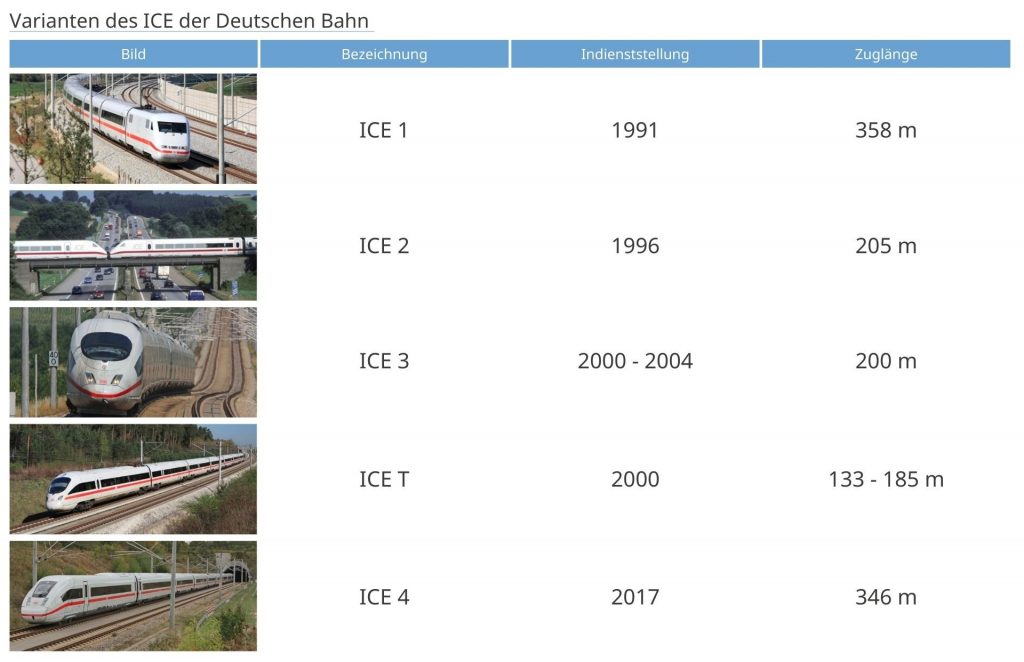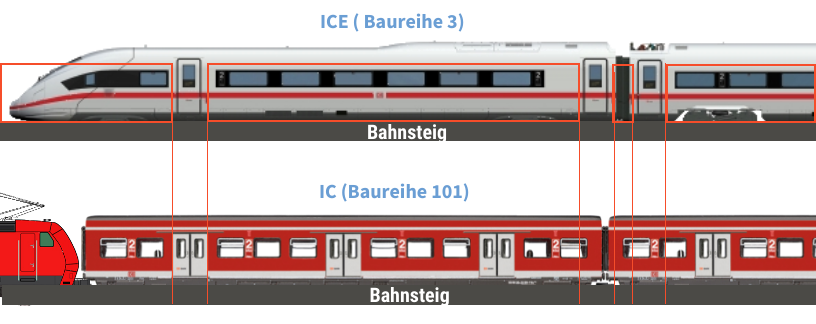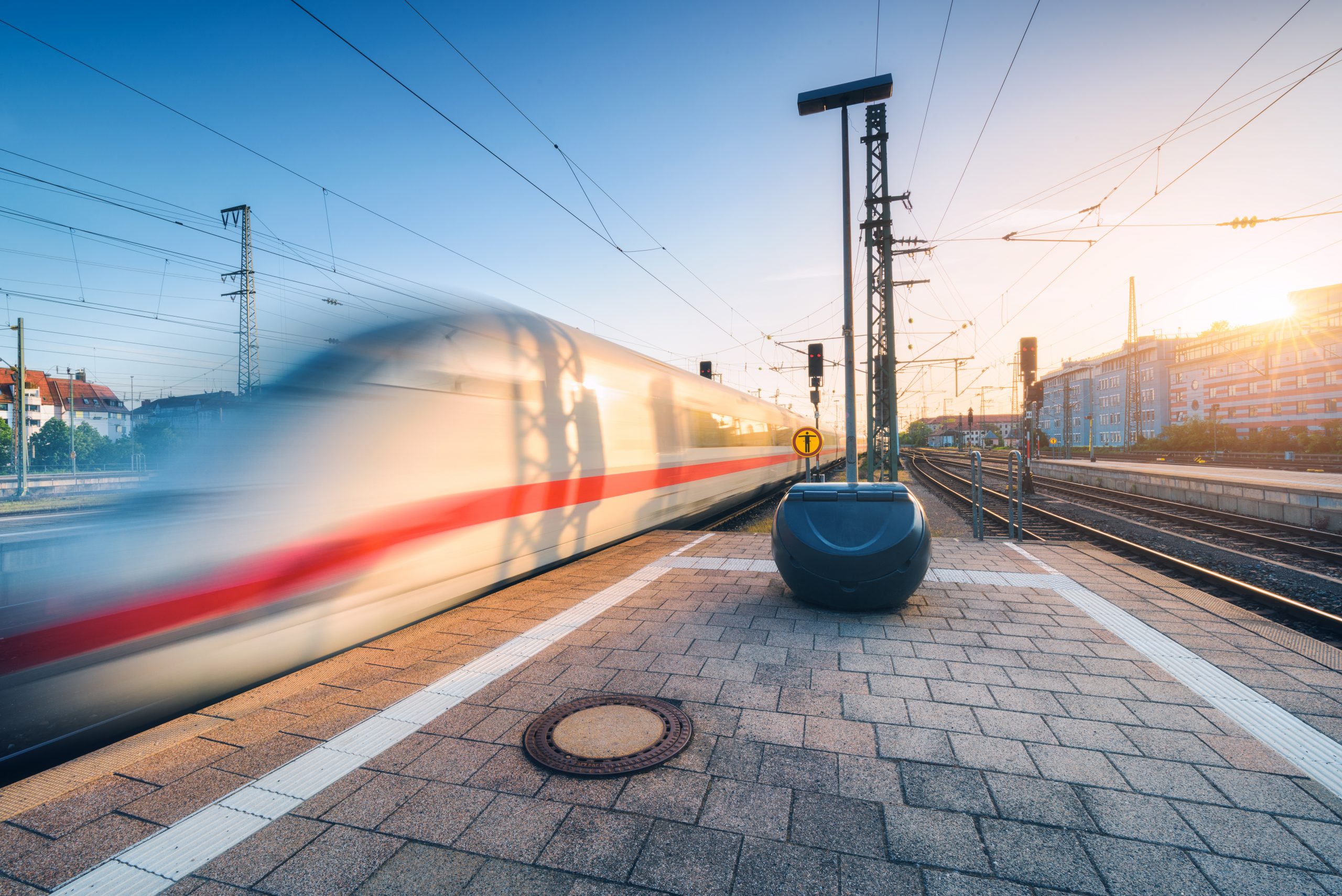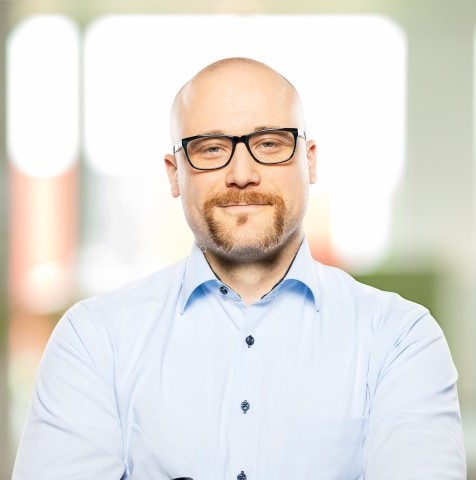After the motives of the perpetrators and the circumstances of the crimes have been thoroughly analyzed, a nationwide discussion about safety on train platforms begins. Three recurring demands stand out. We would like to address and analyze them.
More Video Surveillance on Train Platforms
In almost every major security-related incident in recent years, one measure is reflexively called for: more video surveillance. In many situations, this approach can indeed make sense. However, if we look at the motives of both perpetrators in this particular case, it is evident that extensive video surveillance would not have prevented these crimes. Video surveillance primarily serves as a deterrent, aids in subsequent investigation, and can alert intervention forces. For example, it might disrupt or prevent an attempted burglary. However, it is not suitable for preventing or making crimes like these significantly harder to commit. Nevertheless, comprehensive video surveillance, complemented by organizational measures, can contribute to a higher level of safety. This leads us to the second point.
More Federal Police at Train Stations
Shortly after the second incident in Frankfurt, then-Federal Minister of the Interior Horst Seehofer (CSU) cut his vacation short to address the incidents at a press conference. He proposed deploying more federal police at train stations. However, this is not a straightforward solution either.
Generally, more police officers are always beneficial from a security perspective. Increased presence leads to shorter intervention times and reduced delays in reinforcement arrival. In theory, this means faster responses and higher visibility. But in practice, three issues usually stand in the way:
- Funding and Bureaucracy: What the Interior Minister proposes needs to pass various committees and be allocated the necessary financial resources. Many measures fail at this stage, both at state and federal levels.
- Recruitment and Training: Hiring and deploying more officers takes years. Even with funding and political will, it would take years for additional personnel to be available at train stations.
- Motive and Action: Even if an officer had been on the platform, these incidents could likely not have been prevented.
This leads to the third demand.
Why Aren’t Platforms Structurally Secured?
Soon after the incidents, voices demanded that platforms be structurally secured or that access be limited to ticket-holders. People pointed to systems in other countries where similar measures exist. However, this issue needs to be examined from multiple perspectives. Such systems already exist in Germany—for example, at the Munich subway or the Frankfurt Airport S-Bahn station. However, two essential prerequisites must be met: First, only trains of the same type can operate on these platforms. Second, they must always stop at the exact same spot, ideally controlled by automated systems. Even in other countries, these conditions apply. As a result, such systems are typically found only in subways, commuter trains, or fixed-route transport systems. Germany’s long-distance rail system is not suitable for such measures due to technical constraints. The most common train type in Germany’s long-distance rail system is the ICE (Inter-City Express). However, there are four to five different ICE models currently in use, each with unique specifications.

Retrofitting existing platforms with such systems would not be feasible due to these variations, not to mention the differing lengths and door configurations between ICE and IC (Inter-City) trains.

Conclusion
Ultimately, we must accept that there will never be 100% safety on train platforms. This is an unfortunate reality not limited to train stations but applicable everywhere.
In these cases, the issue lies not in technology, policing, or the number of cameras. It is the motive, the mental state, and the determination of the perpetrator that drive such actions. A determined attacker will find a way to carry out their plan—whether or not there’s a ticket barrier, a camera, or even a police officer present. Unless we solve this problem at a systemic level—such as standardizing train types or separating tracks for different train categories—we will have to live with this residual risk.





